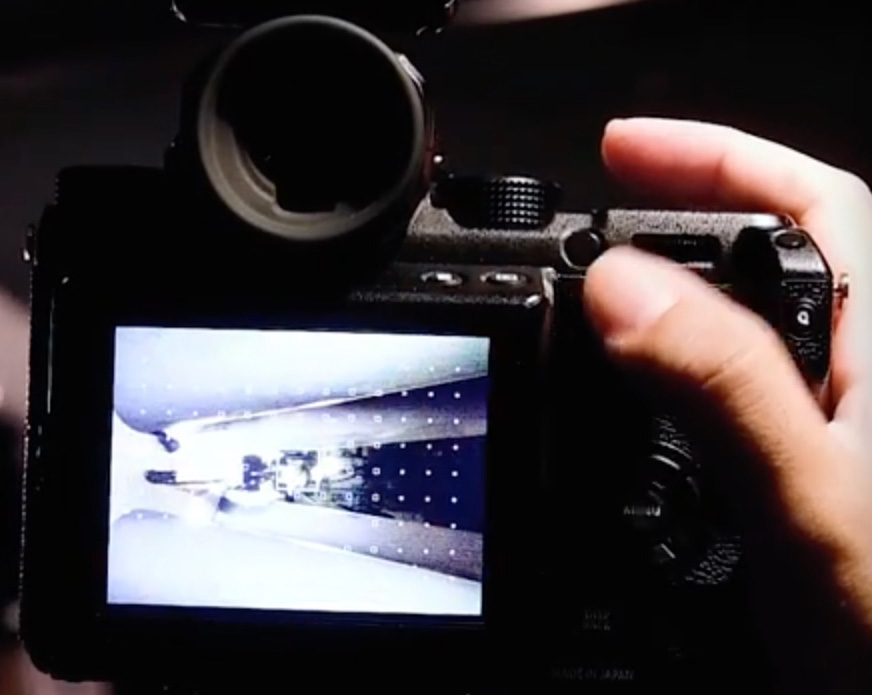
A few readers have asked me about how many AF points the Fujifilm GFX 50S will have and now we kind of have an answer. The Joshua Loh video that was just released makes the amount of selectable AF points pretty easy to count and the coverage is easy to see. The way Joshua Loh has his GFX setup, there is a 13×9 grid (117 points) with a distinct area within consisting of a 7×7 grid (49 points). This is very interesting because a contrast detect autofocus system (CDAF) is, generally speaking, very flexible. All 117 points should perform similarly, but Fujifilm might be doing something similar to Panasonic with their CDAF, by utilizing out of focus rendering, in addition to the contrast at the selected focal point, to speed up their CDAF system; but only in the middle 7×7 gird, which is one possible explanation for the slightly different points around the middle. I don’t want to get too technical, but Fujifilm should be able to add or reduce CDAF points at will because they are arbitrary on a CDAF system and the processor they are using is pretty powerful.
Many photographers that haven’t really gotten into Panasonic cameras don’t fully understand the advantages of CDAF systems, but they are amazing when done right. PDAF on mirrorless cameras only recently made fixed points (points that can’t be altered with a firmware update) into a real thing on mirrorless cameras. I don’t want to speculate too much about what Fujifilm is doing but, for comparison sake, the Hasselblad X1D-50c currently has only 35 AF points according to DPReview, which they say are tuned for accuracy over speed.
image courtesy of DPReview
Many have already reported that the Fujifilm GFX 50S way out-performs the Hasselblad X1D-50c at AF, and now it looks like it also has a more nuanced AF focus select system; but I must caution readers that all of this can change and it will be very lens specific. Medium format is a very different beast and, if you’re used to PDAF on chip or DSLR’s that use PDAF, using a CDAF system is going to be different. Many loved m43 because of the sensor readout speed, which is why CDAF works so well on it, but the significantly larger chip in the GFX and X1D might lead to quirky CDAF. Hasselblad might have limited their points until perfecting their system, while Fujifilm might have opened up the sensor from the start. I think we will see a lot of AF point tweaking in the future on both of these camera systems as they grow.
Please don’t forget to join our GFX owners group and Facebook page.
